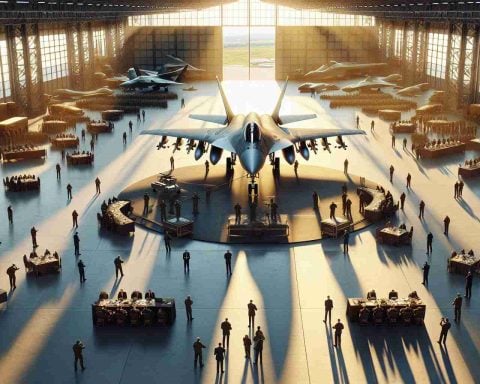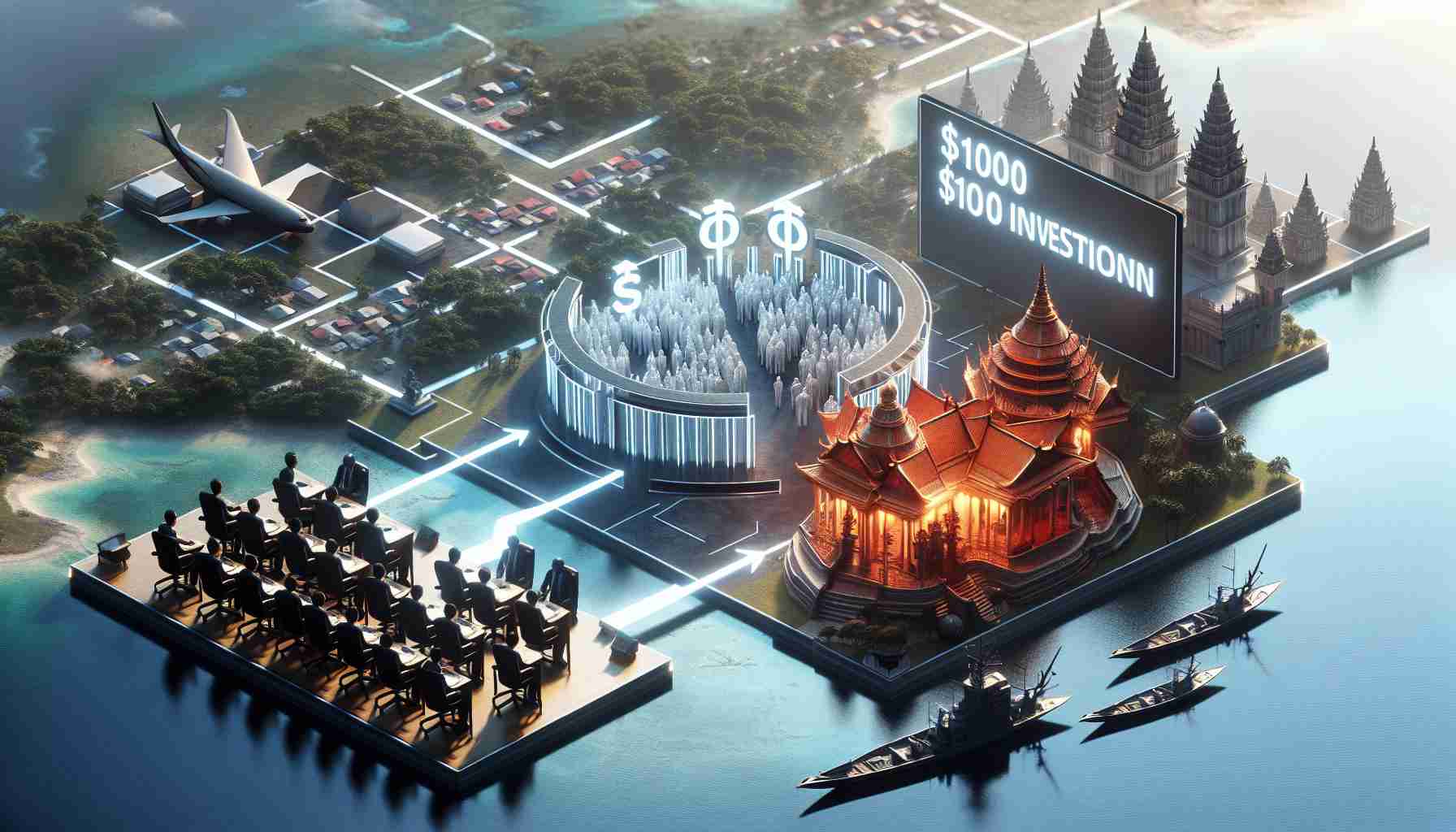Tensions Escalate as Chinese Military Activity Rises Near Taiwan
The skies around Taiwan witnessed heightened military activities as Taiwan’s Ministry of National Defence observed significant Chinese presence near its borders on Wednesday. The island reported the incursion of 24 aircraft and 6 naval vessels from the People’s Liberation Army in its vicinity.
Crossing the Lines
Out of the detected aircraft, 15 ventured across the median line of the Taiwan Strait, making their presence felt in various sections of Taiwan’s Air Defense Identification Zone, including the north, central-southwest, and east. Taiwan’s defence forces are on high alert, vigilantly tracking the movements and ensuring necessary countering actions.
Repeated Provocations
Earlier this week, on Tuesday, a similar pattern was observed with 10 aircraft and 5 naval vessels trespassing near the island. Among these, 8 aircraft advanced across the contentious median line, intruding into Taiwan’s ADIZ. These maneuvers highlight an ongoing pattern, characterized by analysts as “grey zone tactics,” a strategy to deplete Taiwan’s defence focus without engaging in direct confrontation.
Preparing for Uncertain Times
In light of increasing military provocations, Taiwan’s President Lai Ching-te convened a crucial security meeting to emphasize the government’s unwavering commitment to national security and democracy. This gathering aligns with China’s launch of massive military drills named “Joint Sword-2024B” in the Strait area, regarded by Chinese media as a warning signal to Taiwan independence supporters.
Taiwan continues to reinforce its defence initiative, with President Lai attending a key ceremony for a new light frigate prototype, reinforcing the Republic of China Navy’s arsenal to counteract rising pressures from China.
How Technology and Global Alliances Influence the Taiwan Strait Standoff
The Taiwan Strait has become a focal point for international tensions, with escalating Chinese military activities raising alarms. As these events unfold, they cast a spotlight on the roles that technology and international relations play in shaping geopolitical landscapes. The influence of cutting-edge tech and shifting alliances could be crucial in determining the region’s future dynamics. But what are the implications of these developments for humanity and the advancement of new technologies?
Tech-Driven Defense: A Double-Edged Sword
In the modern era, military strategies are increasingly shaped by technological advancements. Taiwan’s defense initiatives, including the recent unveiling of a new light frigate prototype, underscore the importance of tech in ensuring national security. Advanced radar systems, AI-driven analytics, and cyber warfare capabilities are pivotal in defending airspace and maritime boundaries.
However, these advancements also pose significant challenges. The rise of cyber capabilities increases the risk of cyber-attacks on critical infrastructures. Moreover, the reliance on complex technology can lead to vulnerabilities, making nations susceptible to unforeseen disruptions.
Global Alliances: A Balancing Act
The international response to the Taiwan Strait tension highlights the intricate web of global alliances. Countries such as the United States and members of ASEAN are closely monitoring the situation. This scrutiny offers a glimpse into how international cooperation and diplomatic efforts can either diffuse or exacerbate conflicts.
However, the geopolitical chessboard is as precarious as it is intricate. Aligning too closely with one side can strain relationships with other global powers, highlighting the delicate balancing act nations must perform. The consequences of these alliances extend beyond the region, potentially affecting global trade and security.
Humanity’s Role: Between Diplomacy and Defense
The situation poses a fundamental question: How can humanity leverage technology and diplomatic ties to foster peace rather than conflict? While military advancements aim to deter aggression, the ultimate goal should be sustainable peace.
Can innovative technologies be used to build better communication channels between conflicting parties? How can international bodies mediate effectively to prevent escalation? These questions call for thoughtful consideration and collaborative efforts, urging humanity to look beyond immediate threats and towards long-term solutions.
Advantages and Disadvantages
On the plus side, technological progress can strengthen defense mechanisms and foster international collaboration to maintain peace. It also sparks innovation and can enhance civilian life, fueling economic growth.
Conversely, the race for superior tech can lead to an arms buildup, potentially intensifying regional conflicts. The dependency on technology can create new vulnerabilities, requiring substantial investment to safeguard against these threats.
What Lies Ahead?
As Taiwan continues to fortify its defenses, the world watches closely. The interplay between technology, military preparedness, and global alliances will shape the future of not just the region but international relations as a whole.
How can we ensure that technological progress serves as a force for good? To delve deeper into geopolitical impacts, technological advancements, and global security, explore further on Brookings Institute or Center for Strategic and International Studies.






















